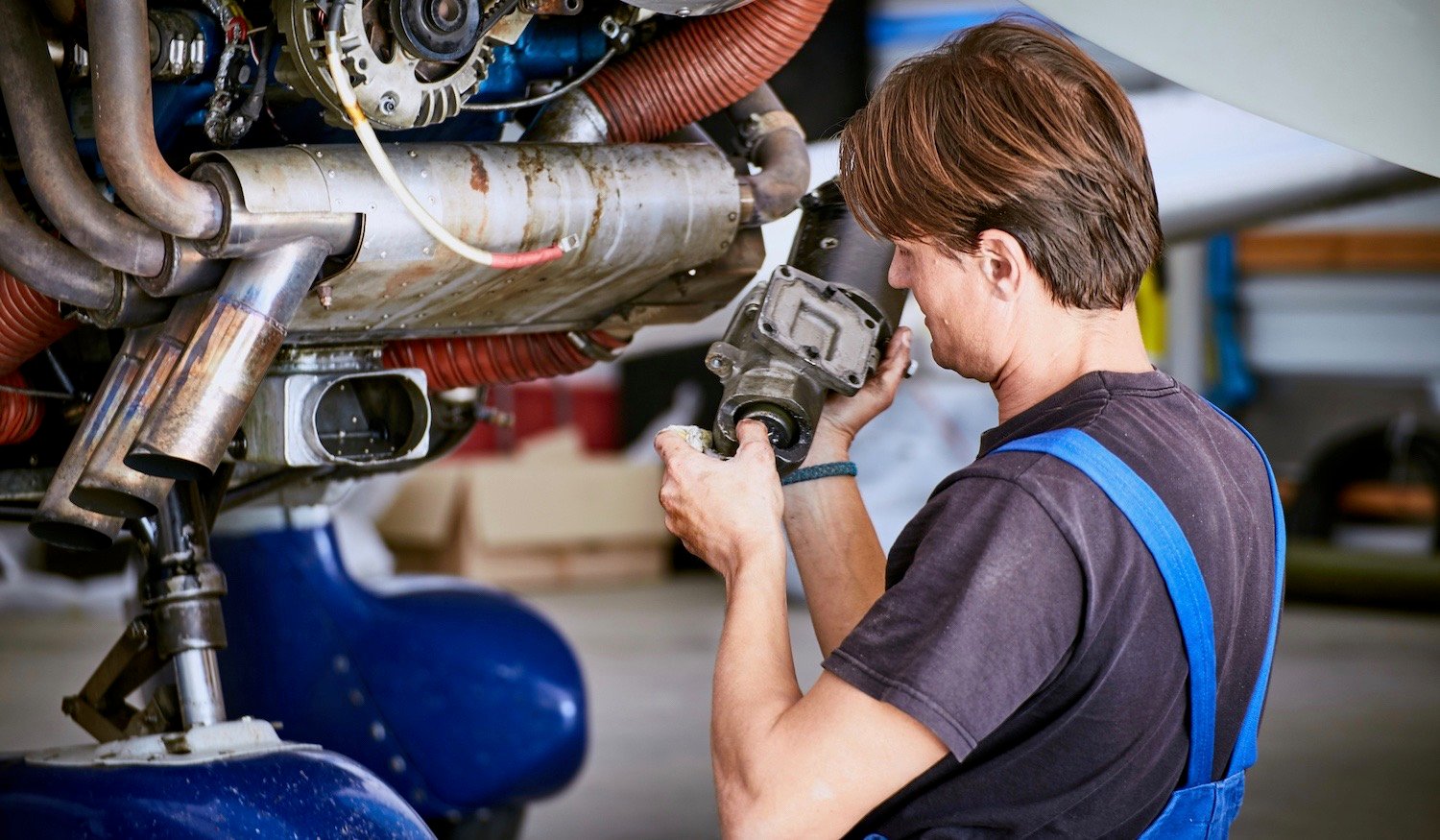2 min read
Controlling Aviation Warranty Costs with Advanced Troubleshooting Technology
Veryon : Jul 31, 2019 4:33:00 AM
The complexity of modern industrial products such as aircraft makes fault diagnosis very time consuming and challenging. This is especially true for the technicians charged with getting the equipment back into service as soon as possible. However, when the quality of troubleshooting suffers, there are consequences for warranty costs that negatively affect the bottom line for warranty providers. In this article, we will explore how advanced aviation troubleshooting techniques are helping to control warranty costs and improve overall ROI.
What is driving higher aviation warranty costs?
For hard-to-solve issues, such as intermittent faults, the combination of system complexity and pressure to dispatch contributes to repair approaches where best practices are often replaced by guesswork, in the hope that the problem simply “goes away”.
A single symptom can have many possible causes, so further evidence is required to verify which of those possibilities is the actual cause. Often this is achieved via diagnostic tests, but those tests and their results are often not captured, resulting in parts being removed without documented substantiation. Sometimes those parts have indeed failed, but frequently the removed part is serviceable, and this can set off a testy warranty discussion with the manufacturer.

According to published OEM reports, many warranty claims for replacement parts are made without the necessary assurance that the root cause of the underlying failure has been properly determined. It is therefore known that these “parts shotgunning” practices are a major cost driver for warranty programs. In fact, according to a 2016 Warranty Week report, warranty expenses claims including these unwarranted claims, and reported by civilian aircraft manufacturers worldwide, totalled US$1.14 billion.
How are Manufacturers Controlling Warranty Costs?
Introducing a reliable, consistent and thorough troubleshooting approach goes a long way to ensuring that the correct part substitution takes place, thereby reducing warranty costs as well as inventory holding costs. In practice, evidence of a troubleshooting “session” to justify a warranty claim has been proven to effectively safeguard against these practices and reduce warranty costs in the process.
Considerations for Performance-Based Logistics Scenarios
In performance-based logistics (PBL) scenarios, the contractor takes a financial risk based on the premise that they can improve upon the level of performance historically achieved by the customer – with the difference being profit. A guaranteed performance/availability of the vehicle is warranted by the OEM to the end-user, with the end-user being primarily responsible for the flight line diagnosis.

Since the typical contractual PBL measurement is a guarantee of “uptime” or availability, a technician is motivated to short-circuit the diagnosis and troubleshooting time by simply replacing entire assemblies. Ultimately, the OEM (or PBL provider) is affected by these practices, and bottom-line profitability is a direct casualty of short-circuit techniques.
A remedy for efficient PBL deployment is to couple the PBL contract to a troubleshooting tool that is used at the Flight Line, ensuring that the diagnostic evidence that led to a determination of component failure is documented, thereby justifying part replacement.
Adopting Advanced Troubleshooting Technology to Control Warranty Costs
Given the costs and the need to control them, several OEMs and PBL providers are using technology to improve the diagnosis and troubleshooting of parts. This technology is allowing their customers to properly diagnose issues and reduce the frequency of “parts shotgunning” which is driving up costs for their warranty programs.
The Veryon Guided Troubleshooting troubleshooting solution, as an example, ensures that complete and consistent troubleshooting has taken place by bringing together all known fault resolution to support technicians, and interactively guiding them to a “first-time fix”. The advanced troubleshooting session, which captures every test result, notation and collaborative dialogue, forms a permanent record that can be used to generate warranty return tags or integrate with a warranty management system to provide a strong justification for warranty claims
In addition, the Veryon Defect Analysis recurring defect management solution can be used to determine if the fault repeated after the part was replaced, which would indicate that the removed part was not the cause of that problem. Combined, the two applications provide a complete solution for properly diagnosing problems, troubleshooting fixes, and keeping a proper record of issues impacting warranty claims to help take back control of rising costs due to “parts shotgunning” and PBL scenarios.



